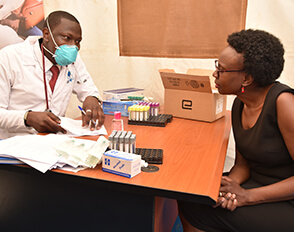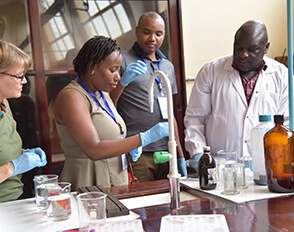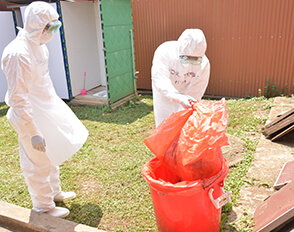
HIV Prevention
HIV prevention is central to all clinical activities, and mainly targets people living with HIV (PLHIV) (using the concept of “prevention through positives”). The underlying strategy is to increase the number of individuals who are aware of their HIV sero-status; therefore, opportunities to do HIV testing are offered to the families of IDI patients. This strategy is based on the observation that most HIV infections occur in settings where the majority (over 80%) of HIV-infected individuals are unaware of their status. At IDI, we target individuals who are HIV-positive as well as their partners, with interventions that effectively reduce their likelihood to transmit the virus. Many HIV infections in Uganda occur between people in discordant relationships. Some of the special prevention-related activities that IDI carries out include:
- Identifying HIV discordant couples, and helping them to maintain their discordant status through dedicated clinical and counselling services;
- Integrating sexual and reproductive health services into all clinical care—including prevention of mother -to-child transmission (PMTCT), providing more contraceptive choices, prevention and treatment of sexually transmitted infections (STIs);
- Preventing the onset of opportunistic infections (secondary prevention) among those already living with HIV, through the provision of basic care kits (including cotrimoxazole) and careful management of detected opportunistic infections;
- Starting all patients eligible for ART on HIV treatment as quickly as possible, and having them adhere to treatment, reduces their chances of passing on the virus to their partners. This is known as ‘treatment as prevention;
- Training and enabling PLHIV to support HIV prevention through behavior change communication and provision of peer support and peer counselling;
- Focusing particular attention on young adults, as a particularly high risk group for acquiring or transmitting the virus; and
- Improving and maintaining HIV/AIDS skills, including those related to prevention, in the health work force including sexual reproductive health and HIV/opportunistic infections prevention as research focal areas.






